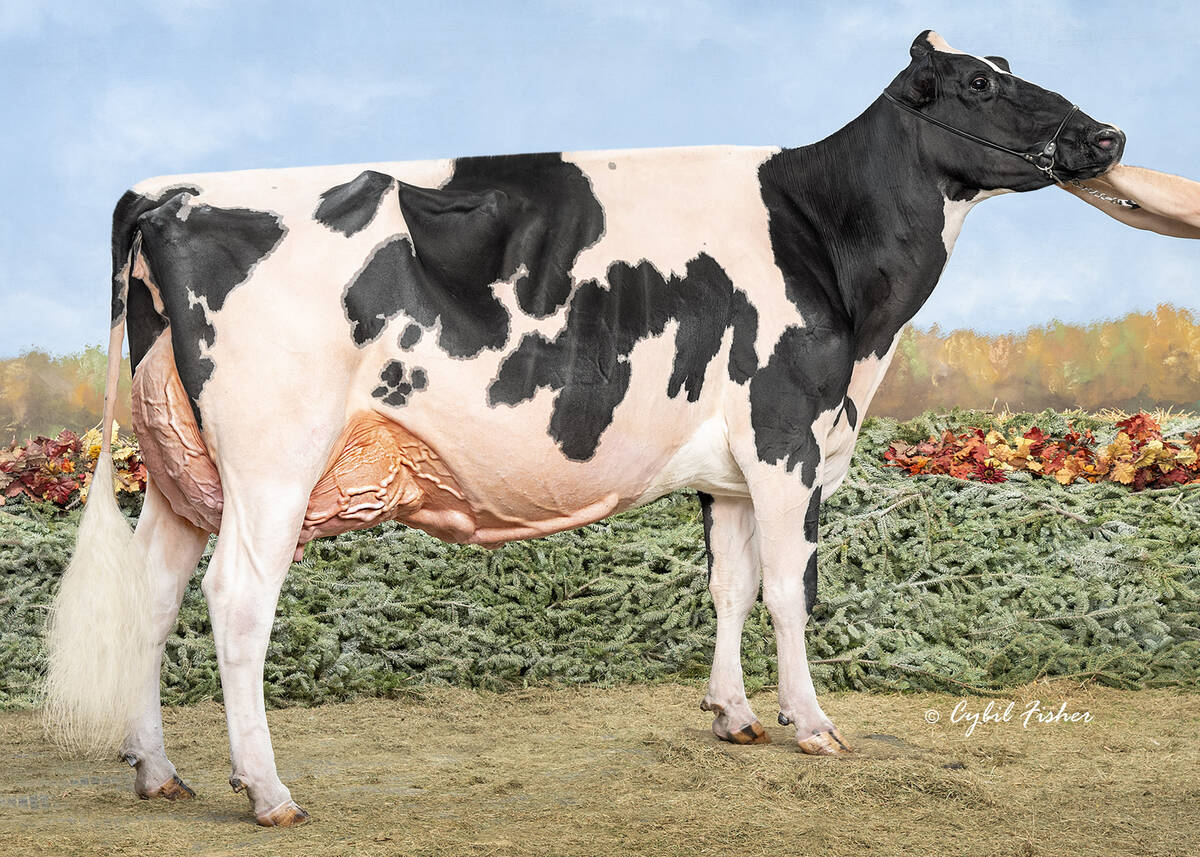REGINA — Midge damage to Saskatchewan wheat crops is higher and more wide-ranging than expected, a provincial entomologist said last week.
Wheat midge, an insect whose larvae attack developing wheat kernels, has been reported north of a line stretching from Carievale in the southeast to North Battleford in the northwest. It has also been found in the Regina and Southey districts.
The level of damage is variable, ranging from minimal to as much as 40 percent, said Lloyd Harris.
Wet conditions in June led to an increased midge population and Harris said farmers should inspect their crops for the tiny maggots.
Read Also

Saskatchewan dairy farm breeds international champion
A Saskatchewan bred cow made history at the 2025 World Dairy Expo in Madison, Wisconsin, when she was named grand champion in the five-year-old Holstein class.
Cocoon stage
“The midge has almost finished its life cycle for this year and will soon enter the soil to form a cocoon,” he said. “Once the bright orange larvae leave the crop, it’s difficult to tell how much of the reduced crop yields can be attributed to midge.”
Dave Boehm, of the agriculture department’s statistical branch, said officials “don’t know to what extent producers were able to control (the infestation).”
“That is something we’ll be able to assess once the farmers get out on their fields and start harvesting.”
Last year some producers were expecting big yields from good stands of wheat, Boehm said, but that didn’t happen. Wheat midge may have played a role.
The department advises against planting wheat on infected wheat stubble next year.
This fall the department, Saskatchewan Crop Insurance and Agriculture Canada will be conducting a survey to assess the potential for midge damage to the 1995 wheat crop. Results are expected in February.
Harris said producers should contact their local extension agrologists and ask for a wheat midge information session to be held during the winter.















